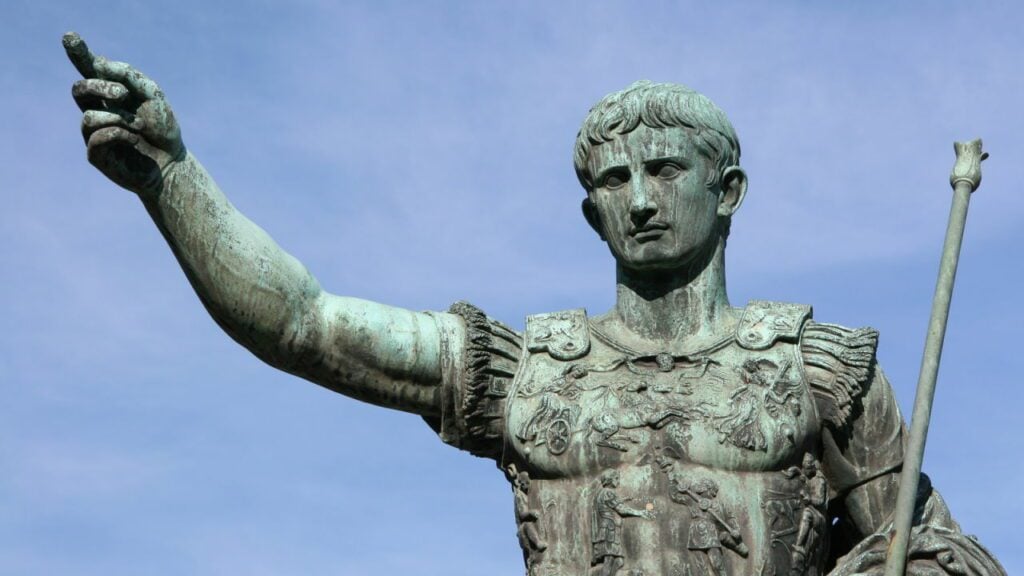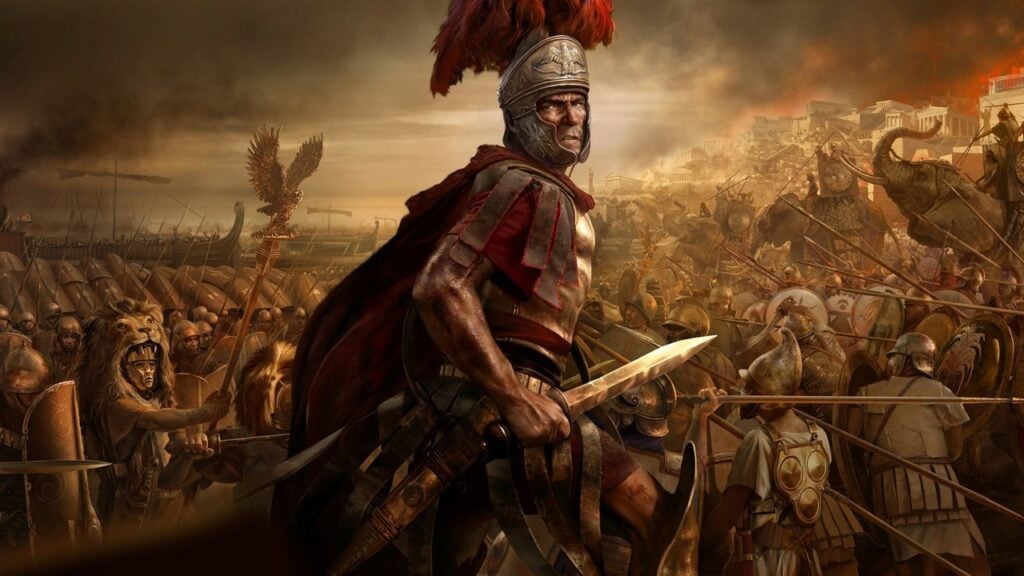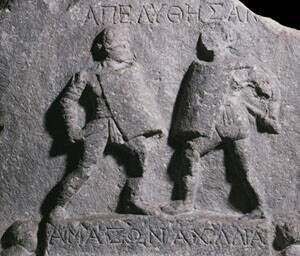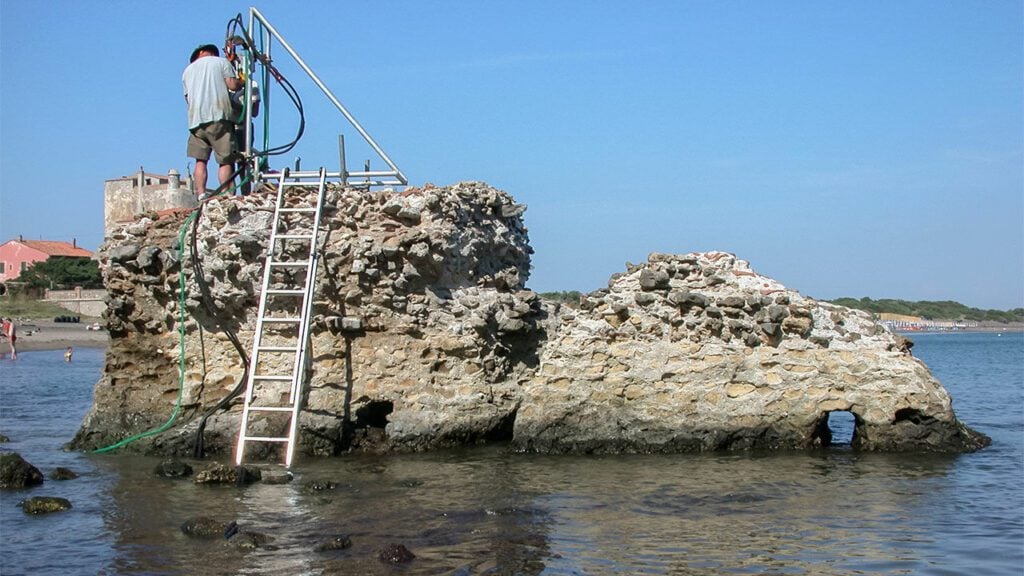Caligula is Known as the Most Mad Roman Emperor. His Name was Given to Him By His Father’s Soldiers While Being on Campaign with Them in Germania. His Name Means “Little Boots”.
Mad, evil, and bloodthirsty. These are a few epithets attributed to men traditionally considered the worst Roman emperors. Ironically, these miscreants are among the best-known Roman rulers for all the wrong reasons. The list of their misdeeds is vast, from flinging people off cliffs to naming a horse a consul to playing an instrument while […]






